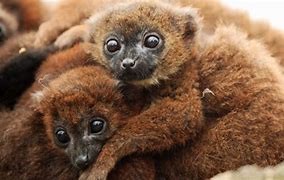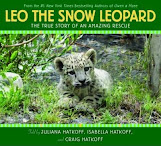It's important not to scare children when talking about something powerful and real like a tsunami. Adults need to take care to assure children about how rare these events are and how safe they are where they are living.
Children's books are both a timely and timeless resource because of the way they encourage kids to make a connection to the people and places portrayed. They build upon the news and facts by providing a context for understanding who was affected and what was lost. With the guidance of a parent or teacher, picture books and serialised novels can be used to develop understanding and empathy and perhaps the will to help.
I teach an enrichment group of Year 2 students and often I serialise Pearl Buck's The Big Wave, look at life in Japan through picture books and together with the students research tsunamis. They know what tsunamis are because of the media and they are very aware of natural disasters as they live in a country that has been devastated by bushfires and floods. When I was their age I knew nothing about tsunamis and very little about Japan, but I was a keen reader and I know that I would have loved this unit of work. It would have satisfied my need to read, know more and travel elsewhere. I did know Hokusai's Big Wave painting because my parents had a print of it and it fascinated me. There are so many wonderful picture books that feature it now. See:You could choose however to just look at tsunamis and there are enough books for students this age to search out and read. Look for:
• Tsunami! by Kimono Kajikawa and Ed Young
• Kenta and the Big Wave by Ruth Ch
• The Tsunami Quilt by Tammy Yee and Antony Fredericks
These next three books tell the true story of a baby hippo who was orphaned during the Indian Ocean tsunami in
• Mama: A True Story, in Which a Baby Hippo Loses His Mama During a Tsunami, but Finds a New Home and a New Mama by Jeanette Winter
• A Mama for Owen by Marion Dane Bauer and John Butler
• Owen and Mzee: True Story of a Remarkable Friendship by Isabella and Craig Hatkoff
• Wisdom: The Midway Albatross by Darcy Pattison and Kitty Harvill
• Elephant Mountain by Janeen Brian and Sally Rippin
• Bibile: the True Story of a Baby Orphan Elephant by Teresa Cannon and Liz Wilks
• Elephant Alert by Jackie French
• Running Wild by Michael Morpurgo
• High Tide in Hawaii by Mary Pope Osborne
• Can Surfers Surf on Tsunamis? by Baby Professor
• Understanding Earthquakes and Tsunamis by Olivia Williams
• Tsunamis and Other Natural Disasters by Mary Pope Osborne
• The Tsunami Book by Gillian Jolly
• Earthquakes and Tsunamis by Emily Bone
• The Science of Natural Disasters: The Devastating Truth about Volcanoes, Earthquakes and Tsunamis by Alex Woolf and Andy Rowland














































